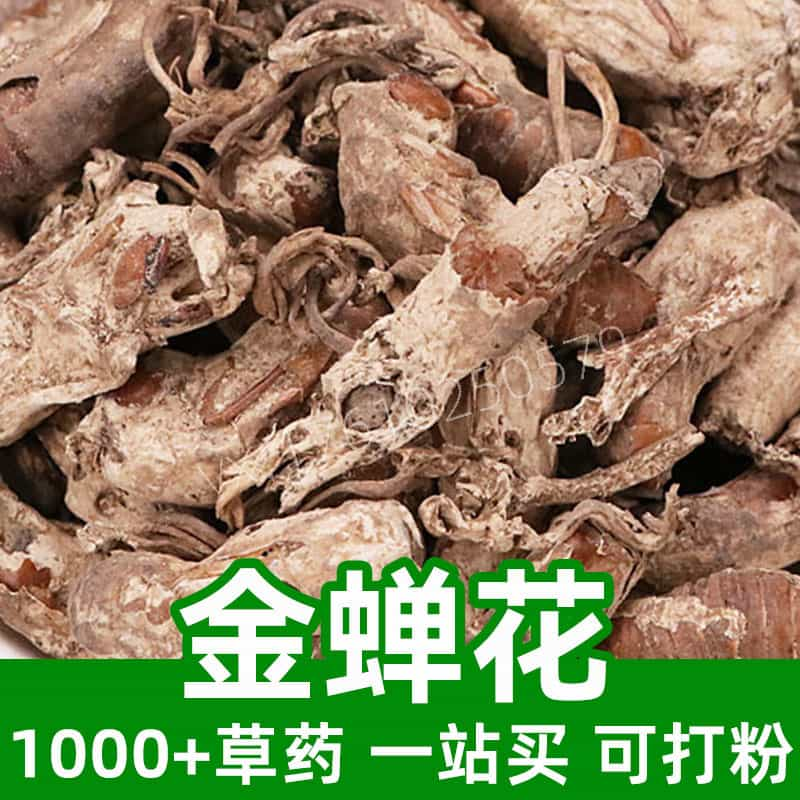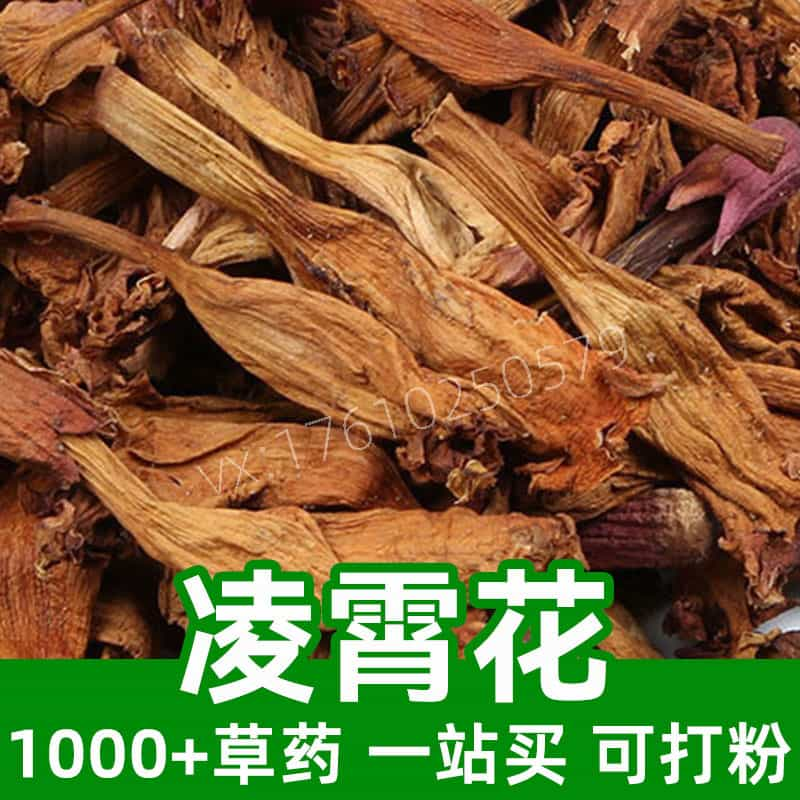Introduction to Angelica Pubescens
Angelica Pubescens, also known as Duhuo or Bai Zhu, is a traditional Chinese medicinal herb containing key components such as angelicone, angelicotamine, and angelicotone. Sourced primarily from the mountain forest edges of Hubei, Sichuan, and Guizhou in China, it is widely used in traditional Chinese medicine to promote blood circulation, dispel wind and cold, and is commonly employed for treating conditions such as rheumatic joint pain, lower back and leg aches, and bone and muscle pain.
Major Active Components of Angelica Pubescens
Angelica Pubescens contains several bioactive compounds, which contribute to its medicinal properties:
- Angelicone: A primary active component with anti-inflammatory, antioxidant, and antitumor properties. Known to provide relief for conditions like rheumatic and rheumatoid arthritis.
- Angelicotamine: An alkaloid with analgesic and muscle-relaxing effects, helpful for rheumatic pain and muscle aches.
- Angelicotone: Promotes blood circulation and has anti-coagulant properties, aiding in improved microcirculation and pain relief.
- Volatile Oils: Containing aromatic compounds with properties that help expel wind, dispel cold, and relax muscles.
- Polysaccharides: Possess immune-regulating and antioxidant activities, supporting immune system health and resistance to illness.
- Alkaloids: Includes various bioactive alkaloids like caffeine and matrine with analgesic and anti-inflammatory properties.
- Flavonoids: Known for antioxidant, anti-inflammatory, and antitumor effects, they aid in boosting immunity.
These active components synergistically offer pharmacological effects like immune modulation, anti-inflammatory action, pain relief, and enhanced microcirculation, forming the basis of Angelica Pubescens’ medicinal value.
Application Scenarios, Usage, and Dosage of Angelica Pubescens
Angelica Pubescens has a long history in traditional Chinese medicine for treating rheumatic pain, muscle soreness, and bone pain. Below are common applications in traditional medicine and food sectors, along with typical usage and dosage:
- Traditional Medicine Applications:
- Rheumatic Joint Pain: Used for its properties in dispelling wind, dispersing cold, and relaxing muscles. Often combined with herbs like Ligusticum Chuanxiong, Bai Zhi, etc.
- Muscle Soreness: Relaxes muscles and relieves cold-induced pain, useful for muscle soreness and bruising, often combined with Ligusticum Chuanxiong, Aucklandia, Asarum, etc.
- Bone Pain: Promotes blood circulation and alleviates pain, useful for bone and joint pain, frequently combined with Chuanxiong, Angelica Sinensis, and Morinda Officinalis.
- Food Sector Applications:
- Health Supplements: Used in supplements for immunity support, blood circulation, and fatigue resistance.
- Seasoning: Also used in culinary applications to add aroma and provide health benefits.
- Usage and Dosage:
- Decoction: Typically ground into a powder, then boiled as a decoction or consumed in hot water.
- Topical Ointment: Made into ointments or plasters for external use, applied to the affected area.
- Medicinal Wine: Steeped in liquor to create medicinal wine, applied externally or taken orally.
- Dosage:
- Decoction: 15-30 grams per dose, split into two servings; adjust based on specific symptoms.
- Topical Ointment: Apply to the affected area 2-3 times daily, massaging until absorbed.
- Medicinal Wine: 10-30 ml per day, adjusted as needed per individual condition.
As a medicinal herb, Angelica Pubescens should be used under the guidance of a physician to avoid adverse effects from overuse or prolonged use. In food applications, it should be used moderately and combined appropriately.
Angelica Pubescens: Plant Source, Distribution, and Growing Environment
Angelica Pubescens, scientifically named *Ledebouriella divaricata (Turcz.) Hiroe*, also known as Bai Zhi or Chuan Bai, is a common medicinal plant in the Apiaceae family. Detailed information about its source, distribution, and growth environment is as follows:
- Plant Description:
- A perennial herb with a strong rhizome, 30-90 cm in height, branched.
- Leaves are triangular-ovate or lanceolate, with deep pinnate lobes and serrated edges, glossy surface.
- Blooms in summer with small, white or light purple flowers in racemes, short-stemmed.
- Distribution:
- Primarily distributed in Northeast, North, and Northwest China, and in Korea, Japan, etc.
- Widely found in the Northeast, Shanxi, Hebei, Inner Mongolia, Shaanxi, Gansu, and Qinghai.
- Growing Environment:
- Prefers mountain forest edges, valley edges, grasslands, and shady, moist areas at altitudes of 1,000-3,000 meters.
- Grows in loose, moist soil, adaptable to sandy and clay soils.
- Ecology:
- Thrives in shady, moist environments, commonly found under trees, near streams, and in grass clusters.
- The rhizome has strong growth capabilities, spreading densely in the soil.
- Reproduction:
- Primarily propagated via rhizome extension and seeds; rhizome spreading is more common, forming new plants.
- Seed propagation is rare and relies on natural dispersal and artificial sowing.
Overall, Angelica Pubescens is a robust, adaptable plant favoring shady, moist mountain environments. Its rhizome holds medicinal value, leading to widespread harvesting and use. Cultivation in loose, well-drained soil with appropriate fertilization and management enhances yield and quality.
Angelica Pubescens Harvesting, Processing, and Storage
Proper harvesting, processing, and storage are essential to preserve the medicinal quality and active components of Angelica Pubescens. Detailed information is as follows:
- Harvest Time:
- Aerial parts are harvested in summer, ideally before flowering. Rhizomes are harvested in spring or autumn.
- Harvest Method:
- For aerial parts, manual collection or use of tools is preferred to avoid damaging the plant.
- Rhizomes are carefully dug up to avoid breakage.
- Processing:
- Clean immediately post-harvest, removing dirt and impurities, and air-dry.
- Cut rhizomes into segments for drying and storage.
- Drying Method:
- Dry in a ventilated, shaded area, avoiding direct sunlight and high temperatures.
- Dry until hard and brittle.
- Storage:
- Store in a dry, ventilated area to avoid moisture and mold.
- Place in a dry basket or wooden container to prevent dampness and insect infestation.
- Avoid direct sunlight and high temperatures to maintain stability of active components.
- Shelf Life:
- Properly stored, Angelica Pubescens retains potency but is best used promptly for efficacy.
- Generally, dried Angelica Pubescens can be stored for around one year, depending on storage conditions.
Correct harvesting, processing, and storage practices are crucial to maintaining the medicinal quality and efficacy of Angelica Pubescens.
Monica Sun is a seasoned expert in the natural raw materials industry, with over a decade of experience specializing in traditional Chinese medicinal herbs, spices, and fungi. She is skilled in the sourcing, processing, and application of these materials, emphasizing sustainability and innovation. Monica Sun has contributed to the development of high-quality natural raw materials that serve as essential components in functional foods, pharmaceuticals, and cosmetics, delivering tailored solutions to meet diverse market needs.













